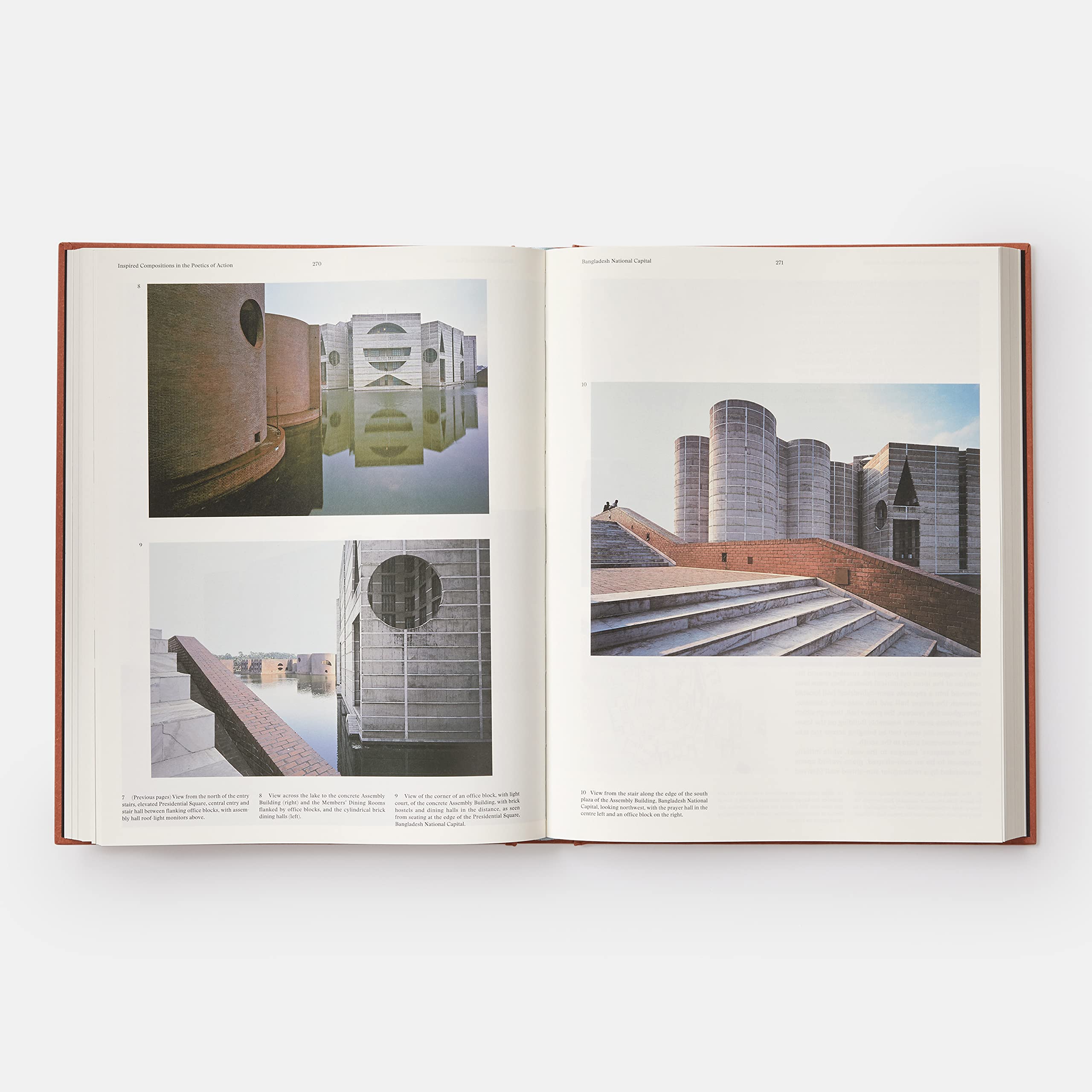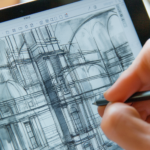Architizer Journal is reader-supported. When you buy a laptop or any other product through Amazon links on our site, we may earn an affiliate commission. Learn more.
Whether you’re nestled under a tree in a local park, reclined poolside in an exotic location, or simply sitting with a glass of something ice cold watching the sun drop down beyond the horizon, spending a few hours with your nose stuck in a captivating book during the long summer days is one of life’s greatest pleasures. But what to read next?
To help you in your quest for your next great read, Architizer has collated a list of some of the best books written on architecture and design that have been released this year to keep you inspired, engaged and amazed.
The Landscape of Utopia: Writings on Everyday Life, Taste, Democracy, and Design
By Tim Waterman, Routledge (February 2022)
 The Landscape of Utopia is a collection of short interludes, think pieces, and critical essays exploring landscape, utopia, philosophy, culture, and food, all written in a highly original and engaging style by academic and theorist Tim Waterman. The author delves into power and democracy, exploring how they shape public space, taste, etiquette, belief and ritual, as well as food ways in community and civic life. The book provides a much-needed critical approach to landscape imaginaries.
The Landscape of Utopia is a collection of short interludes, think pieces, and critical essays exploring landscape, utopia, philosophy, culture, and food, all written in a highly original and engaging style by academic and theorist Tim Waterman. The author delves into power and democracy, exploring how they shape public space, taste, etiquette, belief and ritual, as well as food ways in community and civic life. The book provides a much-needed critical approach to landscape imaginaries.
With over fifty black and white illustrations interspersing the twenty-six chapters, The Landscape of Utopia discusses its subject in its broadest sense, as a descriptor of the relationship between people and place that occurs everywhere on land, from cities to countryside, suburb to wilderness. An engaging read destined to spark discussion on new modes of thinking in the wake of unfolding global crises, such as COVID-19, climate change, fascism 2.0, and beyond.
The Women Who Changed Architecture
By Jan Cigliano Hartman (Editor), Beverly Willis (Foreword), Amale Andraos (Introduction), Princeton Architectural Press (March 2022)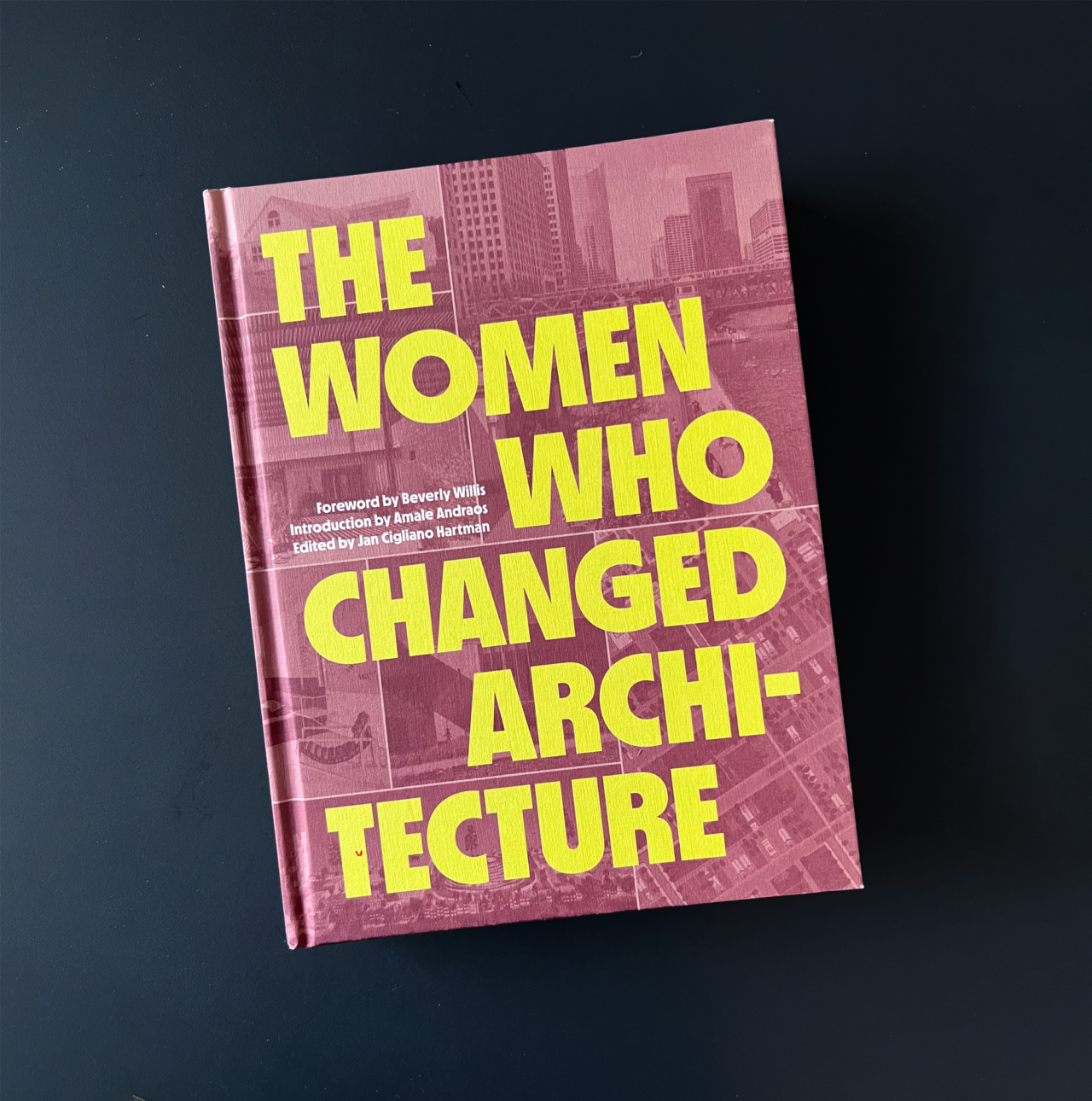 A long overdue chronicle of the visual and global triumphs, challenges, and impact of over 100 women in architecture, from early practitioners to contemporary leaders. The book details the stories of pioneers such as Marion Mahony Griffin. The Women Who Changed Architecture sets the record straight on women’s transformative impact on architecture. With in-depth profiles and stunning images, the book introduces readers to historical and contemporary leaders, such as American architect and MacArthur Fellow Jeanne Gang, of Studio Gang, who is recognized as one of the most influential female architects working today. The Women Who Changed Architecture is the most comprehensive look at women in architecture to date and thus is a must-have for any library.
A long overdue chronicle of the visual and global triumphs, challenges, and impact of over 100 women in architecture, from early practitioners to contemporary leaders. The book details the stories of pioneers such as Marion Mahony Griffin. The Women Who Changed Architecture sets the record straight on women’s transformative impact on architecture. With in-depth profiles and stunning images, the book introduces readers to historical and contemporary leaders, such as American architect and MacArthur Fellow Jeanne Gang, of Studio Gang, who is recognized as one of the most influential female architects working today. The Women Who Changed Architecture is the most comprehensive look at women in architecture to date and thus is a must-have for any library.
Queer Spaces: An Atlas of LGBTQIA+ Places and Stories
Edited by Adam Nathaniel Furman and Joshua Mardell, RIBA (May 2022)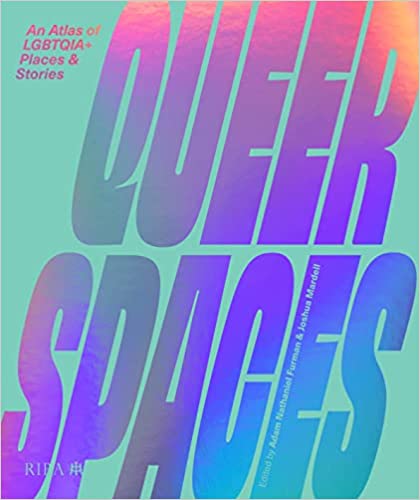 An independent bookshop in Glasgow. An ice cream parlour in Havana, where strawberry is the queerest choice. A cathedral in ruins in Managua, occupied by the underground LGBTQIA+ community.
An independent bookshop in Glasgow. An ice cream parlour in Havana, where strawberry is the queerest choice. A cathedral in ruins in Managua, occupied by the underground LGBTQIA+ community.
Queer people have always found ways to exist and be together, and there will always be a need for queer spaces. Queer Spaces is a lavishly illustrated volume by Adam Nathaniel Furman and Joshua Mardell. The pair have gathered a community of contributors to share their stories of spaces ranging from the educational to the institutional to the re-appropriated and many more. With historical, contemporary and speculative examples from around the world, Queer Spaces recognizes LGBTQIA+ life past and present as strong, vibrant, vigorous, and worthy of its own place in history. Looking forward, it suggests visions of what form these spaces may take in the future to continue uplifting queer lives.
Between Memory and Invention: My Journey in Architecture
By Robert A. M. Stern, with Leopoldo Villardi, The Monacelli Press (March 2022)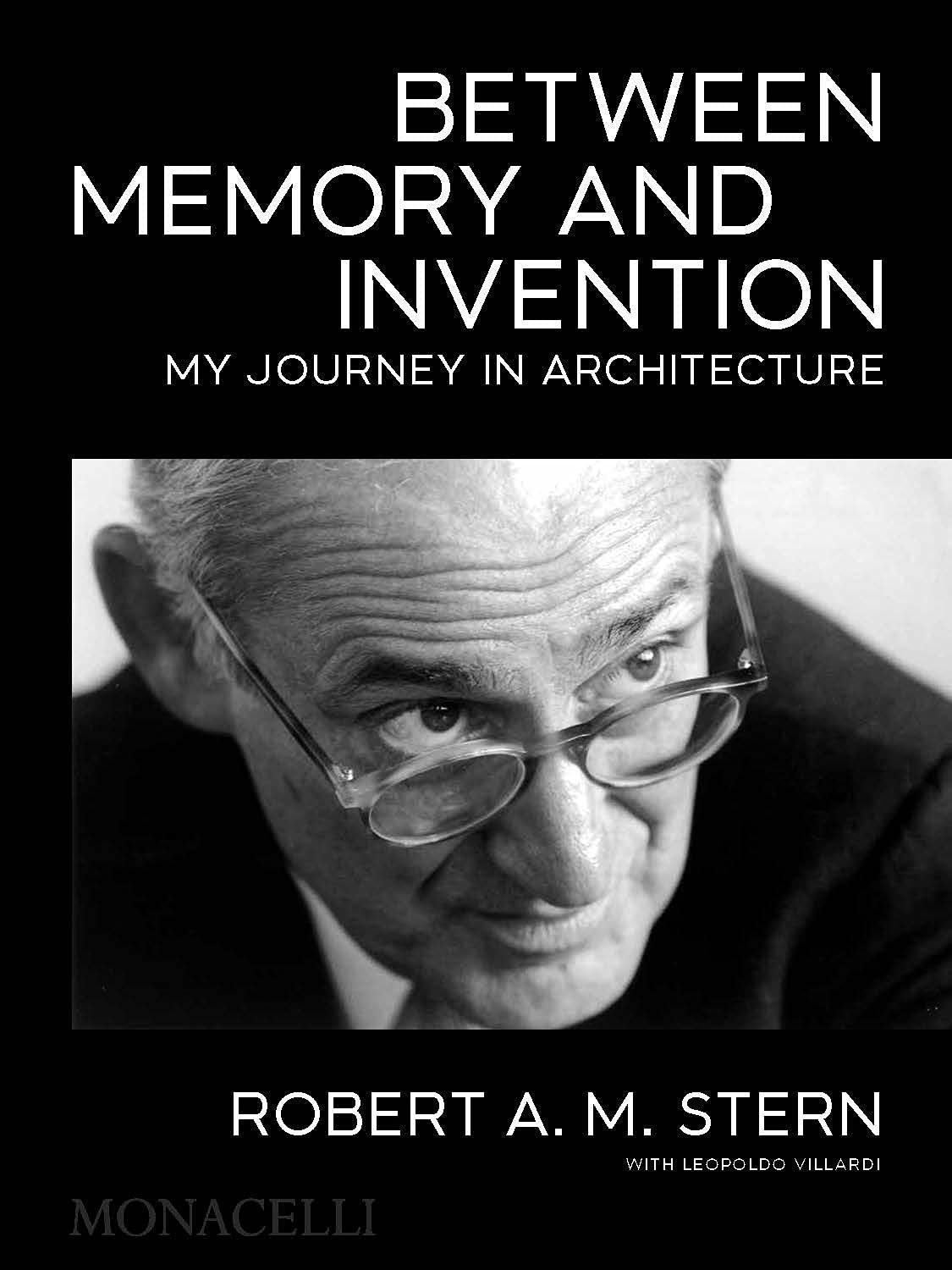 An encompassing autobiography, institutional history, and lively, behind-the-scenes anecdotes, supported by a vibrant mix of images drawn from Stern’s personal archive and other resources, this book surveys the world of architecture from the 1960s to the present and Robert A. M. Stern’s critical role in it.
An encompassing autobiography, institutional history, and lively, behind-the-scenes anecdotes, supported by a vibrant mix of images drawn from Stern’s personal archive and other resources, this book surveys the world of architecture from the 1960s to the present and Robert A. M. Stern’s critical role in it.
The book chronicles Stern’s formative years, architectural education, and the half-century of architectural practice, touching on all the influences that shaped him. He details his Brooklyn upbringing, family excursions to look at key twentieth-century buildings, and relationships with prominent teachers—Paul Rudolph and the legendary Vincent Scully. Stern also recounts the origins of RAMSA and significant projects in its history and references the many clients, fellow architects, and professional partners who have peopled his extraordinary career. Between Memory and Invention is a candid personal assessment of a foremost practitioner, historian, instructor, and architecture advocate today.
On Bramante
 By Pier Paolo Tamburelli, MIT Press (May 2022)In this book, architect Pier Paolo Tamburelli considers the work of the celebrated Italian Renaissance architect Donato Bramante and suggests a possible agenda for current architectural practice through this reappraisal. Starting from a discussion of the difference in the work of Bramante in Milan (1481–1499) and Rome (1499–1514), Tamburelli highlights the peculiarities of Bramante’s architecture especially in comparison to that of his predecessor Leon Battista Alberti and successor Andrea Palladio.
By Pier Paolo Tamburelli, MIT Press (May 2022)In this book, architect Pier Paolo Tamburelli considers the work of the celebrated Italian Renaissance architect Donato Bramante and suggests a possible agenda for current architectural practice through this reappraisal. Starting from a discussion of the difference in the work of Bramante in Milan (1481–1499) and Rome (1499–1514), Tamburelli highlights the peculiarities of Bramante’s architecture especially in comparison to that of his predecessor Leon Battista Alberti and successor Andrea Palladio.
On Bramante opens up new possibilities for appreciating the architect and painter’s spatial experiments from abstraction and disassociation of form from function. The book highlights a political understanding of classicism and a model — perhaps more valid now than ever — for public architecture.
Stalin’s Architect: Power and Survival in Moscow
By Deyan Sudjic, Thames & Hudson (April 2022) Stalin’s Architect is the first major publication on the remarkable life and career of Boris Iofan (1891–1976), state architect to Joseph Stalin. Iofan’s story is an insight into the troubled relationship of all successful architects with power. A gifted designer and a committed Communist, Iofan was at the heart of political life in the Soviet Union, and his work is key to understanding its official culture.
Stalin’s Architect is the first major publication on the remarkable life and career of Boris Iofan (1891–1976), state architect to Joseph Stalin. Iofan’s story is an insight into the troubled relationship of all successful architects with power. A gifted designer and a committed Communist, Iofan was at the heart of political life in the Soviet Union, and his work is key to understanding its official culture.
When Stalin’s henchmen crushed the architectural avant-garde, it was Iofan who created the new national style. Generously illustrated, with a wide range of previously unpublished material, Stalin’s Architect: Power and Survival in Moscow is an exploration of architecture as an instrument of statecraft. It is an insight into the critical moments of 20th-century politics and culture from a unique perspective and the personal story of a remarkable individual who witnessed many of the most dramatic turning points of modern history.
Louis I Kahn: Revised and Expanded Edition
By Robert McCarter, Phaidon Press (March 2022)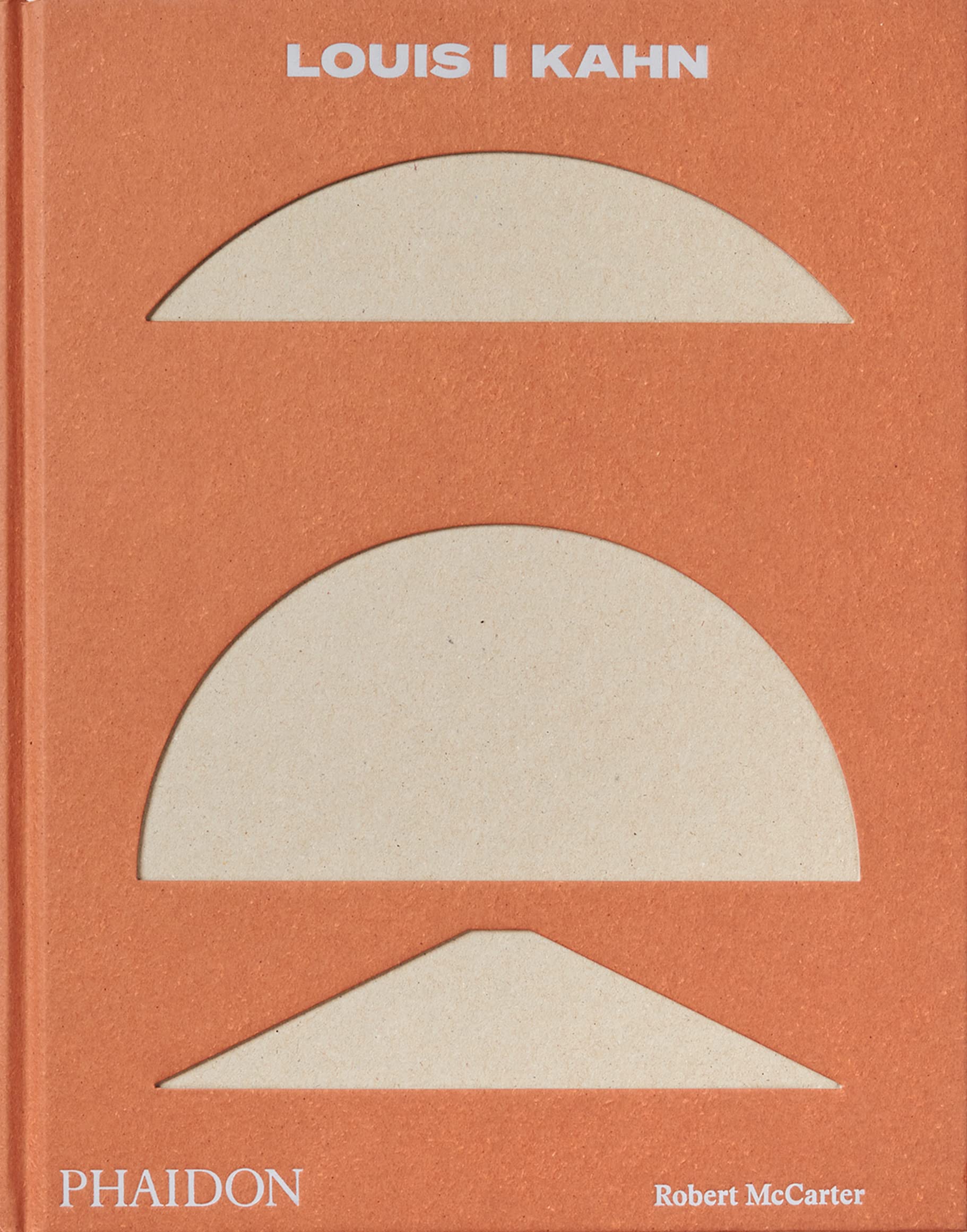 McCarter’s esteemed monograph on the globally-revered modern master has been thoroughly updated and redesigned for this edition. Louis I Kahn was one of the most significant influences on post-WWII world architecture, and in the twenty-first century, his importance has skyrocketed. In this revised, expanded, and redesigned edition of Phaidon’s bestselling and critically-acclaimed monograph, Robert McCarter explores how Kahn redefined Modern architecture – and why his work remains a fundamental source today. Extensively illustrated, this comprehensive overview includes both built and unbuilt projects, as well as a project, realized forty years after Kahn’s death — New York City’s Four Freedoms Park.
McCarter’s esteemed monograph on the globally-revered modern master has been thoroughly updated and redesigned for this edition. Louis I Kahn was one of the most significant influences on post-WWII world architecture, and in the twenty-first century, his importance has skyrocketed. In this revised, expanded, and redesigned edition of Phaidon’s bestselling and critically-acclaimed monograph, Robert McCarter explores how Kahn redefined Modern architecture – and why his work remains a fundamental source today. Extensively illustrated, this comprehensive overview includes both built and unbuilt projects, as well as a project, realized forty years after Kahn’s death — New York City’s Four Freedoms Park.
Brutalism Reinvented: 21st Century Modernist Architecture
by Agata Toromanoff, Prestel (Jan 2022) From luxury apartment towers to offices, places of worship, to museums, brutalist architecture is having a 21st-century moment. Brutalism Reinvented explores new interpretations of the style. Designed with the same bold aesthetic that informed Le Corbusier, this book features fifty recent examples and hundreds of exterior and interior photos of how architects worldwide embrace the principles of Brutalism – simplicity, functionality, and rawness – reimagining them for today’s standards and tastes.
From luxury apartment towers to offices, places of worship, to museums, brutalist architecture is having a 21st-century moment. Brutalism Reinvented explores new interpretations of the style. Designed with the same bold aesthetic that informed Le Corbusier, this book features fifty recent examples and hundreds of exterior and interior photos of how architects worldwide embrace the principles of Brutalism – simplicity, functionality, and rawness – reimagining them for today’s standards and tastes.
Each chapter is dedicated to a different type of building and is introduced with a selection of iconic structures as an essential visual reference for Brutalism’s new look. Brutalism Reinvented is an informative celebration of Brutalist architecture’s legacy.
Architizer Journal is reader-supported. When you buy a laptop or any other product through Amazon links on our site, we may earn an affiliate commission. Learn more.
